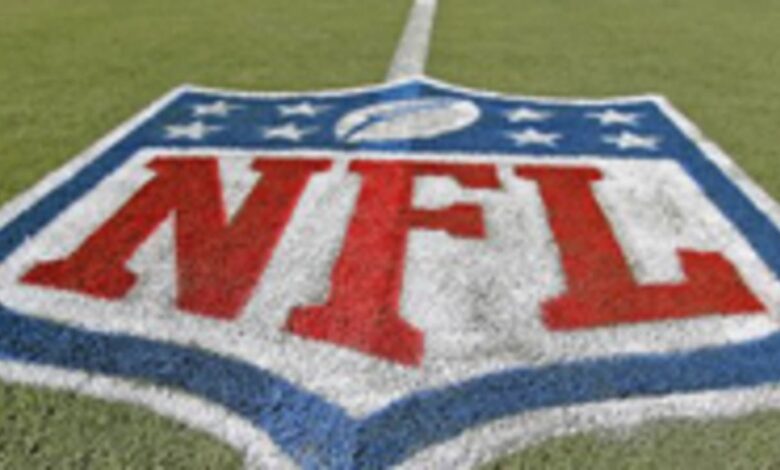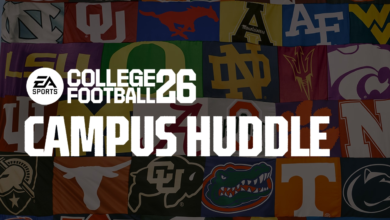Grappling with lack of diversity among NFL coaches, GMs

In NFL.com’s Press Coverage series, columnists Judy Battista, Jeffri Chadiha, Michael Silver and Jim Trotter engage in a back-and-forth discussion on a timely topic, issue or theme. In this edition, JIM TROTTER leads off a discussion of the NFL’s ongoing efforts to increase the ranks of minority head coaches and general managers.
With two Super Bowl wins on his resume, 49ers coach Bill Walsh had the clout to take on NFL culture three decades ago. It was 1987, and Walsh was tired of seeing the door slammed in the faces of talented minority college coaches seeking to jump to the league. So, with the blessing and support of ownership, he invited aspiring coaches of color to spend training camp with the team.
At the time, NFL rosters were becoming more diverse, while coaching staffs were still relatively white, particularly at positions of authority, like head coach or coordinator. There had yet to be an African American head coach in the modern era, and there had only been one in the history of the league. This was unacceptable to Walsh, who believed racial balance between the locker room and staff was right, morally and competitively.
“He was very serious about the diversity situation,” Carmen Policy, then the team’s vice president, told me recently. “He felt the locker room shouldn’t be all white or black, that a mixture made it work best. And he was talking about African American coaches in colleges who should be breaking into the NFL that weren’t breaking into the NFL. He had a vision, and he had a way of understanding not only what was happening, but what should happen.”
In the 14 years that followed his first class of interns, comprised of college and high school coaches as well as former players, the number of diverse assistants swelled, and five blacks were hired as head coaches. Of them, four came off the late Hall of Fame coach’s staff or through his summer program: Dennis Green, Ray Rhodes, Tony Dungy and Herm Edwards.
The program proved to be so impactful that the league adopted it for every team and named it the Bill Walsh NFL Diversity Coaching Fellowship. Among its graduates are current or former head coaches Mike Tomlin, Anthony Lynn, Marvin Lewis, Lovie Smith, Hue Jackson and Raheem Morris.
The fellowship seems like smart business today, but it was fairly radical at its time, just as the league’s proposal Tuesday to incentivize the hiring of minority head coaches and general managers through enhanced draft positions. The resolution ultimately was tabled, but the issue of how to level the playing field when hiring for leadership positions remains front and center with those in the league office. The Rooney Rule has been changed to require teams to interview a minimum of two external minority candidates for head coaching positions, one minority candidate for coordinator positions and one external minority candidate for senior football operations and general manager positions. Teams are also now prohibited from barring assistant coaches and lower-level employees from interviewing for coordinator or assistant GM jobs.
Currently, there are only two black general managers and four head coaches of color, which matches a 17-year low and half the number of just two years ago. How did the league get to this point, and where can it go from here?
Source link

